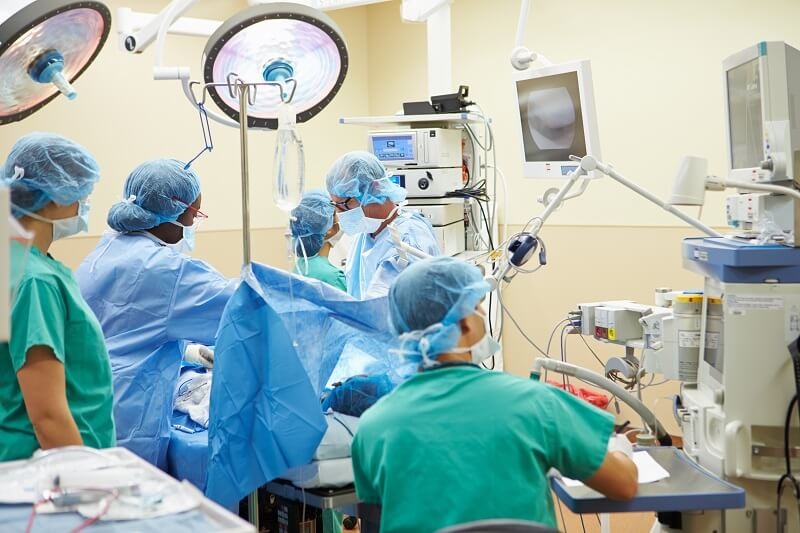The Surgical Team: Meet the 5 superheroes of the OR
Being a part of a surgical team is much like being in the army: it requires preparation, discipline and cooperation.
We all see surgeons as rock stars – VIPs of medical care, all-knowing gods that walk among us and see over our well-being. Doctors usually have this effect over us: you often feel intimidated around them, because disease makes you vulnerable. But this shouldn’t be the case and you should consider surgeons more like frontmen of their bands, not solo artists. They may be the ones that do the talking, diagnose and prescribe treatment, but they also have a team of professionals that tend to the patient’s every need and make sure the surgery goes smoothly.
As with any other professional lineup, the surgical team also relies on the technical competence and preparation of each member. The level of stress can be much higher than that of other jobs out there. This is why it’s important that each member cooperates, knows their role and behaves appropriately. Leadership is of high-value and the chief surgeon is regarded as a pillar of moral and ethical grounds. His or her behaviour and interpersonal relations have a high influence on the overall environment, performance and cooperation between each member of the team.
This is the surgical team structure:
1. The surgeon
Surgeons are medical school graduates that complete surgery residency and receive all certifications required for practicing general or specialised surgery. They often specialise in a particular area of study such as trauma surgery, colorectal surgery, breast, vascular, endocrine, transplant, oncology. Key requirements are the full knowledge of the instruments required, on-going training in new procedures, the ability to make close call decisions to save a patient’s life and the overall management of the OR.
2. Anaesthesiologist
Similar to surgeons, anaesthesiologists complete 4 years of medical school and 4 years of anaesthesia residency. There are certain areas of anaesthesia that require special certification and training, such as cardiac anaesthesia. They are present before, during and after the surgery. It’s necessary that they’re informed about the entire medical condition and history of the patient before the procedure, in order for them to choose the best anaesthetic option. During the surgery, he/she will monitor the critical life functions – breathing, heart rate, blood pressure – and take any necessary precautions.
3. Certified registered nurse anaesthetist (CRNA)
The nurse anaesthetist is an advanced practice registered nurse (APRN). In order to become one, he/she has to complete one year of full-time nursing experience in a medical or surgical intensive care unit, followed by a master’s degree in anaesthesia and/or nursing, with a post-masters certification in anaesthesia. Nurse anaesthetists work under the supervision of a licensed physician, dentist or podiatrist and assist in anaesthesia care before, during and after surgery, labour and delivery.
4. Operating room nurse
The OR nurses have various responsibilities in making sure everything is well organised and the surgery can be performed under the highest operating standards.
• Scrub nurses ensure that all instruments are sterilised and layered out for the operation. They provide care for the patient before and during the surgery, attach equipment and monitors and pass instruments to the surgeon.
• Circulating nurses take care of all the documents required before the surgery and handle the procurement of instruments and surgical supplies.
• Registered nurse first assistants play a higher role in assisting the surgeons during the operation: they administer medication, control the bleeding, suture incisions, monitor vital signs, perform CPR.
5. Surgical technologist
The surgeon needs to concentrate on the patient, not on finding instruments. This is where the surgical techs chime in: they’re trained in hundreds of types of surgery and are able to anticipate next steps in the procedure, in order to provide the surgeon with the required instruments and equipment. In the US, they are graduates of surgical technology programs and can specialise in a vast array of surgeries.

